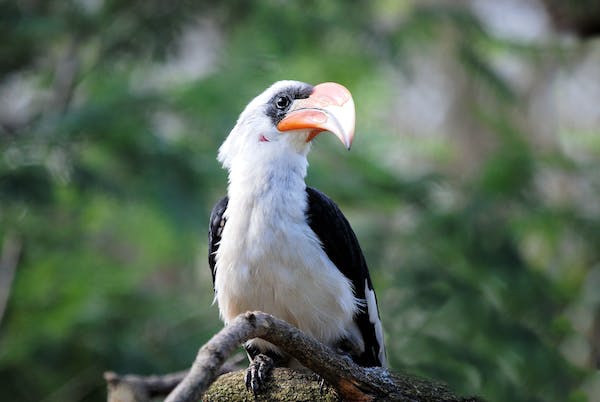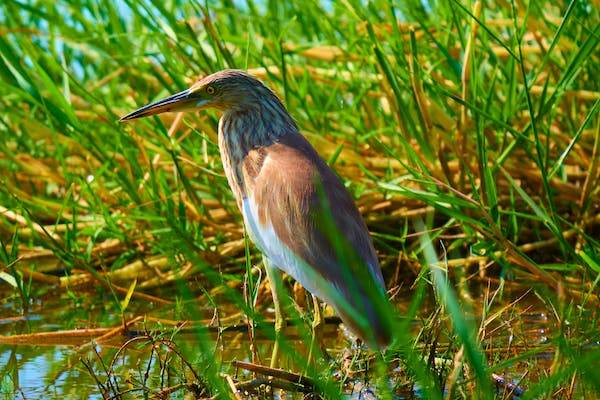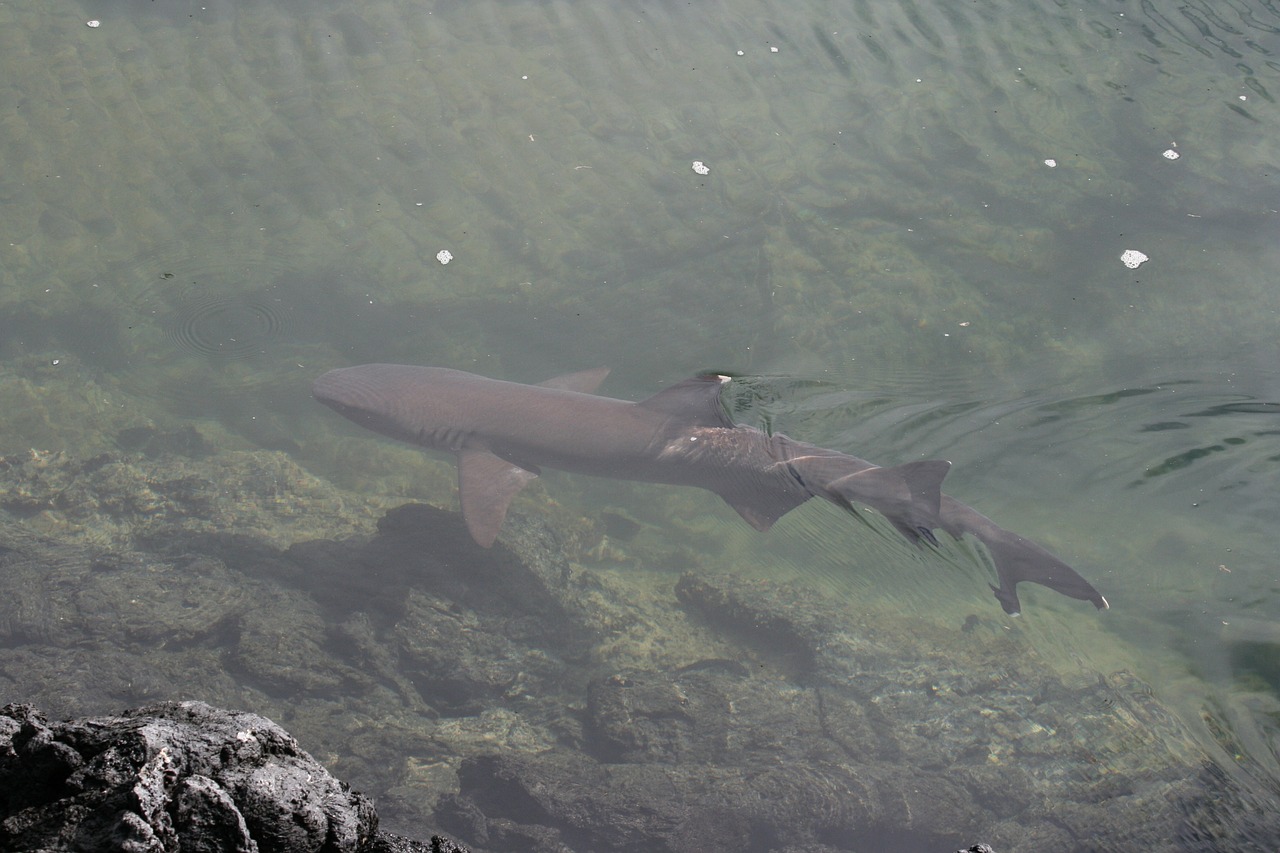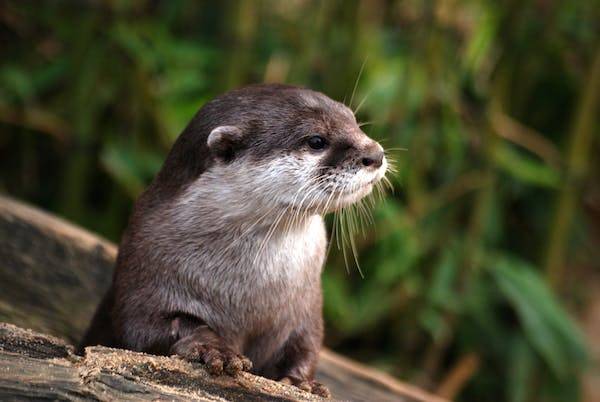Great Green Macaw
The Great Green Macaw, a vibrant and lesser-known gem of the tropical rainforests, encapsulates beauty, intelligence, and the pressing need for conservation efforts. Our article aims to offer an informative and engaging look at this magnificent Great Green Macaw, highlighting its characteristics, habitat, challenges, and why it deserves more attention in our global conservation efforts.
Understanding the Great Green Macaw
Physical Characteristics
The Great Green Macaw (Ara ambiguus), also known as Buffon’s Macaw, is a large parrot with a predominantly bright green plumage. It possesses a striking red forehead and a blue and yellow tail, making it a visual spectacle. An adult macaw can grow up to 85-90 cm in length, making it one of the larger species within the parrot family.
Behavioral Traits
These birds are known for their social behavior, often seen in pairs or small groups. Their vocalizations, a series of raucous calls and squawks, play a pivotal role in communication within their flocks.
Great Green Macaws are also highly intelligent, showing abilities to mimic sounds and solve complex problems.
Habitat and Distribution
Native to Central and South America, the Great Green Macaw thrives in humid lowland forests. Countries like Costa Rica, Nicaragua, Honduras, and Ecuador form part of its natural range.
Unfortunately, their habitat is facing significant threats, leading to a drastic reduction in their population.
The Role in Ecosystems
These macaws play a crucial role in their ecosystems, particularly in seed dispersal. By feeding on fruits and nuts, they contribute to the growth and diversity of the tropical rainforests, maintaining a balanced ecosystem.
Conservation Status: A Race Against Time
Threats to Survival
The Great Green Macaw is classified as endangered by the IUCN Red List. Habitat destruction, primarily due to deforestation and land development, poses the most significant threat. Additionally, illegal pet trade has severely impacted their numbers in the wild.
Conservation Efforts
Conservation groups are actively working to protect this species through habitat preservation and anti-poaching measures. Educational programs aimed at local communities also play a vital role in raising awareness about the importance of these birds and the need to protect them.
The Great Green Macaw in Culture and Society
Symbolism and Importance
In many indigenous cultures within its range, the Great Green Macaw is revered and considered a symbol of rainforests’ health and vitality. It also plays a part in the ecotourism industry, drawing birdwatchers and nature enthusiasts from around the world.
The Role in Ecotourism
Ecotourism has emerged as a sustainable way to support conservation efforts. By attracting tourists to see these macaws in their natural habitat, it generates revenue that can be reinvested in conservation and community development projects.
How You Can Help
Supporting Conservation Initiatives
One of the most effective ways to contribute to the survival of the Great Green Macaw is by supporting organizations and initiatives focused on tropical forest conservation. Donations, volunteering, and even responsible ecotourism can make a significant difference.
Spreading Awareness
Educating others about the plight of these magnificent birds and the broader issues of tropical deforestation can help garner more support for conservation efforts. Sharing information through social media or community events raises awareness and can lead to more concerted global action.
A Keystone Species in its Habitat
The Great Green Macaw is not just a marvel to behold but also plays a critical role in maintaining the ecological balance of its habitat. As a keystone species, its presence and behavior significantly influence the structure of the ecosystem.
By dispersing seeds, these macaws contribute to forest regeneration and diversity, underlining their importance in the tropical ecosystem.
Indicator of Environmental Health
These birds are often considered indicators of the environmental health of their habitat. Their sensitivity to habitat changes makes them effective bioindicators, helping conservationists monitor the health of the rainforest ecosystem.
Challenges in Conservation: Navigating Complex Issues
Combating Illegal Trade
One of the most significant hurdles in the conservation of the Great Green Macaw is the illegal pet trade. These birds are highly sought after for their beauty and intelligence, often leading to illegal capture and trafficking.
Strengthening international laws and enforcement is crucial to combat this challenge.
Addressing Habitat Fragmentation
Habitat fragmentation due to agricultural expansion and urban development is another critical threat. Creating and maintaining biological corridors is essential to ensure that these macaws have large enough areas to thrive and maintain genetic diversity.
The Role of Research and Science
Ongoing Studies and Initiatives
Research plays a pivotal role in understanding the needs and behaviors of the Great Green Macaw. Studies focusing on their feeding habits, breeding patterns, and migration routes are essential for informed conservation strategies.
Collaboration between scientists, conservationists, and governments can amplify the effectiveness of these efforts.
Technology in Conservation
Advancements in technology, like satellite tracking and drone monitoring, are becoming invaluable tools in studying and protecting these Birds. These technologies offer new insights into their movement patterns and habitat use, which are crucial for effective conservation planning.
Engaging the Community: A Collective Effort
Involvement of Local Communities
The involvement of local communities is vital for the success of conservation efforts. Education and awareness campaigns can empower local populations to participate actively in protecting these macaws.
Sustainable livelihood opportunities linked to conservation, such as eco-friendly crafts or guided tours, can also foster community support.
The Power of Citizen Science
Citizen science initiatives, where ordinary people contribute to scientific research, are increasingly recognized as valuable in conservation. Through observations and data collection, enthusiasts and local residents can play a direct role in the conservation of the Great Green Macaw.
Moving Forward: Hope for the Future
Global Awareness and Action
Raising global awareness about the plight of the Great Green Macaw is crucial for garnering international support. Initiatives like World Parrot Day and social media campaigns can draw attention to their situation, encouraging global action.
The Role of Zoos and Breeding Programs
Zoos and wildlife sanctuaries also play a significant role in the conservation of these birds through captive breeding programs and education. These institutions can act as genetic reservoirs and help increase public engagement and understanding of these magnificent creatures.
Conclusion: A Journey Towards Coexistence
The story of the Great Green Macaw is a poignant reminder of our intricate connection with nature. It underscores the urgency of conservation and the need for a harmonious coexistence with our planet’s diverse species.
As we continue to learn, appreciate, and protect these magnificent birds, we pave the way for a more sustainable and biodiverse future.
In the end, the fate of the Great Green Macaw is intertwined with our own, reflecting the broader challenges and opportunities in conservation. By acting collectively and responsibly, we can ensure that the chorus of the Great Green Macaw continues to resonate through the rainforests, signifying a thriving, balanced, and vibrant ecosystem.






